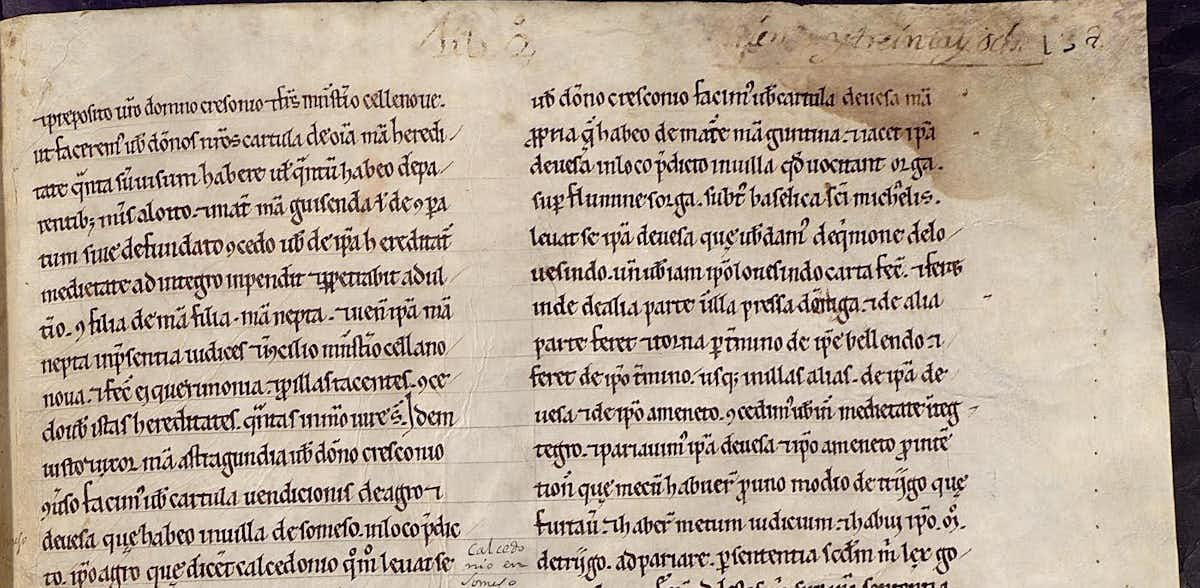Written accounts reveal how sexual assault claims were dealt with in the middle ages
"Towards the end of the 10th century, there was an account of a woman, possibly a young girl, going to the monastery to report her own grandfather for having abused her (as stated in Latin: venit ipsa mea nepta in presentia iudices in concilio). The granddaughter’s name is not known, because the document focuses on the grandfather himself, who went by the name Tusto.
In the written account he acknowledges his guilt, and explains that his granddaughter’s report (queremonia) was what brought him before the authorities. In the end, the aggressor agrees to hand over a number of family possessions as punishment for illicit relations (adulterio), which then pass into the hands of the monastery.
The account is surprisingly explicit in mentioning both the family connection and the acknowledgement of guilt. Unfortunately, we know nothing more about Tusto and his anonymous granddaughter, but we do know from this account that she had the opportunity to successfully report her aggressor despite the nature of their relationship, and that action was taken."
For more details:
Written accounts reveal how sexual assault claims were dealt with in the middle ages
And a related book:


Comments
Post a Comment